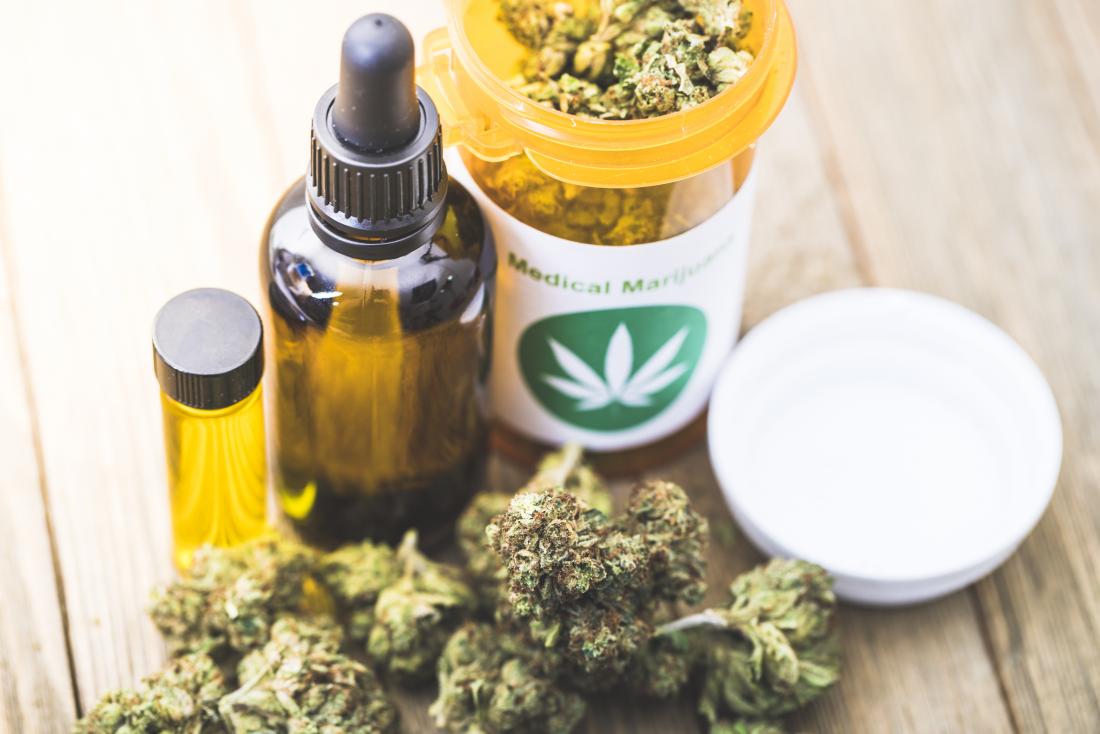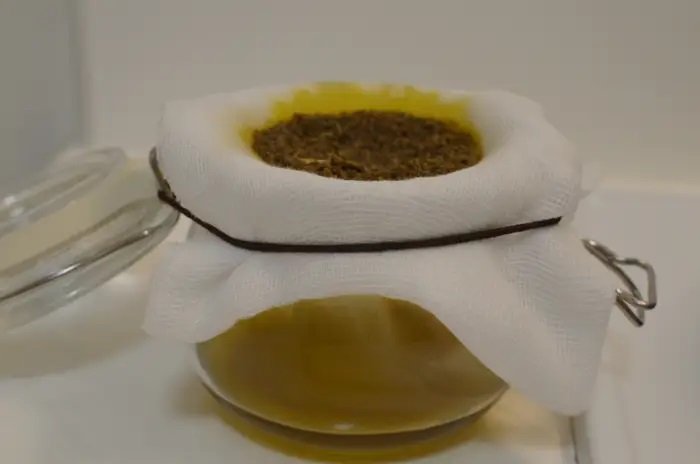Cannabis butter, or cannabutter, is the essential ingredient to cannabis-infused edibles. Most weed edibles, including the infamous brownies, use cannabutter to produce a high, and it's one of the best ways to enjoy cannabis if you don't want to smoke it.
Lorem ipsum dolor sit amet Lorem ipsum dolor sit amet, Lorem ipsum dolor sit amet Lorem ipsum dolor sit amet.
Modern edibles don't stop at baked goods. With cannabutter, the possibilities for cooking infused cuisine are endless — anywhere you use butter or fat in a recipe, you can sub in some cannabutter.


Humans have been eating cannabis since the 10th century BC with the invention of bhang — a milk, spice, and ghee mixture that incorporates cannabis. Though the preparation process has changed over the centuries, the end goal is the same — to infuse the medicinal properties of cannabis into food.
Cannabis aficionados have been whipping up their own cannabutter at home for decades, and it's easy enough to do with a little patience. While full-fat butter is the typical main ingredient, the process can also be replicated using other types of fat — coconut oil, ghee, olive oil, and more.
Cannabutter basics
The intrepid cannabis cook would be wise to get these three things right. Here are the keys to making the best cannabutter:
Use good quality cannabis: The quality and amount of cannabis you use will determine the strength of the cannabutter. Knowing the THCA percentage of your cannabis will also help you understand how strong the batch of butter will be.
THCA stands for tetrahydrocannabinolic acid, and it is THC's starting form. It's found in the fresh, live, and cured flower form, before the weed is heated or smoked, at which point it transforms into the psychoactive THC. The THCA percentage is what you will commonly see listed on the lab report of any given cannabis you buy in the store.
Most strains sold today in the legal market hover around 25% THCA, all the way up to 35%. Unlicensed market cannabis or CBD-heavy cannabis can be as low as 10%
Don't stress too much about which weed strain to choose — despite labels like "sativa" and "indica," there's no sure way to guarantee how a particular strain will make you feel.
Use good quality butter: Put good in, get good out. You can choose any butter you like, salted or unsalted, but a higher quality product will yield a better end result. Virtually all butter or oil that contains fat is a good replacement.
Vegan butters, like Earth Balance, contain less saturated fats but do still contain monounsaturated and polyunsaturated fats so they will work for cannabis infusion.
Grind your cannabis first: Do this before placing it on a non-stick pan to be decarbed — more on that later. The cannabis gets a bit toasty, so grinding it after it's been decarbed can ruin your grinder. Any simple cannabis grinder will do.
Step 1: Decarb the cannabis
To activate the beneficial cannabinoids that live inside the cannabis flower, one must decarboxylate or "decarb" the flower first. "The decarbing process is a chemical change that makes the THCA convert to THC," says Katie Stem, extraction expert and CEO of Peak Extracts.
If you skip this step, the butter will be much less potent. There's a chance some of the THCA will turn into THC during the butter's slow melt process, but you will actually lose a lot of the beneficial cannabinoids if you skip the decarb "activation" step.

1. Grind your cannabis flower. Use a grinder that is made specifically for cannabis. What you'll end up with is a coarse, ground herb.
2. Heat your oven to 230 to 245 degrees Fahrenheit. 240 degrees is perfect for my oven, but it depends on your oven, its age, and how evenly it cooks.
3. Spread your ground cannabis on a non-stick baking tray. A non-stick baking sheet that has not been used to cook food before is preferred. If you only have a pan that has been used for food, lay down a piece of parchment paper to protect the cannabis from any residue on the pan. This also helps prevent sticking.
4. Bake for 30 minutes. Stir it up every five minutes to make sure it is being evenly decarbed.
5. Don't overdo it. Set an alarm and don't exceed 40 minutes. Too much heat may break down the cannabinoids and terpenes — essential oil compounds that work in harmony with cannabinoids to enhance the effects of cannabis. The goal is to activate the beneficial compounds without overcooking and potentially damaging them.
Step 2: Steep on the stovetop

Now that you have decarbed your weed, you're ready to get the butter on the stovetop and begin infusing.
1. Melt 1 cup of butter and 1 cup water together. The water will help the butter heat more evenly. Water that doesn't evaporate will be removed at the end. For a half-batch, use 1/2 cup of water, 1/2 cup of butter, and 1/8 ounce of cannabis.
2. Set your burner to the lowest heat. The butter should cook at 150 degrees Fahrenheit, up to a max of 200 degrees. A cooking thermometer can help you gauge the exact temperature.
3. Add your decarbed cannabis and mix. Cover the pot with a lid. This helps distribute the heat, which is ideal for a low, slow extraction
4. Let simmer at 150 degrees for at least three hours. If you want to go longer for a more potent butter, you can steep for four hours, but make sure the temperature is at its lowest. You also may want to add more water if you choose a longer cooking time, as it evaporates and leaves the butter vulnerable to overheating. Stir occasionally to prevent burning.
Alternative methods: Double boiler or crockpot
Both of these methods seek to balance and stabilize the temperature of the butter so it doesn't become too hot or burn in the process.
- For the crockpot method: Add the cannabis, water, and butter all together into the pot. Set the crockpot temperature to 150 degrees Fahrenheit for three hours.
- For the double boiler method: Simmer 1 cup of water in a large pot. Add 1 cup of butter and cannabis to a glass or metal bowl positioned on top of the pot. Simmer for three hours. Keep an eye on the water level in the bottom pot and refill as necessary
Step 3: Strain your butter

Once three hours have passed and your home is filled with a faint aroma of cannabis-mixed-with-butter, it's time to strain your mixture.
1. Place a few layers of cheesecloth over a jar. Use a rubber band to secure it in place so it won't slip while you strain. Coffee filters work too if you don't have cheesecloth lying around. The average metal food strainer will be too coarse for this step.
2. Pour the butter slowly through the cheesecloth. Give it time to adequately drain so you don't have an overflow. Once it's fully strained, you may dispose of or compost the spent weed.
3. Let it cool. 30 minutes at room temperature will start the process, then transfer it to the fridge.
4. Remove excess water. Once it's cool and solidified, you will be able to clearly see the butter on the top and a small layer of water on the bottom. Carefully pour the water out of the jar. Hold the butter in place with a clean finger or utensil to make sure it doesn't slip out.
Step 4: Enjoy!
Your cannabutter is now ready to eat. You can cut it into small, uniform pieces for easy dosing. Cannabutter can be used in place of butter or oil in virtually any recipe.
.Because it is so potent, substitute only a small part cannabutter until you learn your tolerance level. You can combine cannabutter with regular butter when dosing it for recipes. And, you can always add more cannabutter or eat more of an edible, but you can never undo it. Go slow.
How to dose cannabutter
Dosing homemade edibles is a complex but necessary part of the process. Each batch varies, depending on your type of cannabis and cooking techniques.
All you need to know is how much cannabis you used in your butter and its THCA percentage. In most legal markets, the THCA percentage is listed on the lab report printed on every jar of cannabis, so it should be easy to find. Here is an approximate equation that will help you estimate the dosage.

This leaves you with a very rough estimate of the potency of your butter and can serve as a guide for dosing. But remember that there will always be variables that affect how much THC ends up in your final product. Take these numbers with a grain of salt and always be careful when taking edibles.
"I think that home extractions yield better than people expect," says Stem, "especially if they follow all the rules." So it's important to be mindful of your dosage, as your cannabutter may be stronger than you expect, even with the most careful math.
10 milligrams is the standard dose in legal markets for edible companies. 10 milligrams will feel relaxing, a bit euphoric, sedative, and calming for most people. If you have never consumed cannabis before, start even lower at 5 milligrams and build from there.
It can take up to two hours for you to start feeling any effects, and the high can last up to 12 hours. Also, it's important to note that ingesting THC can lead to a more intense high because of how it's metabolized in the liver.
